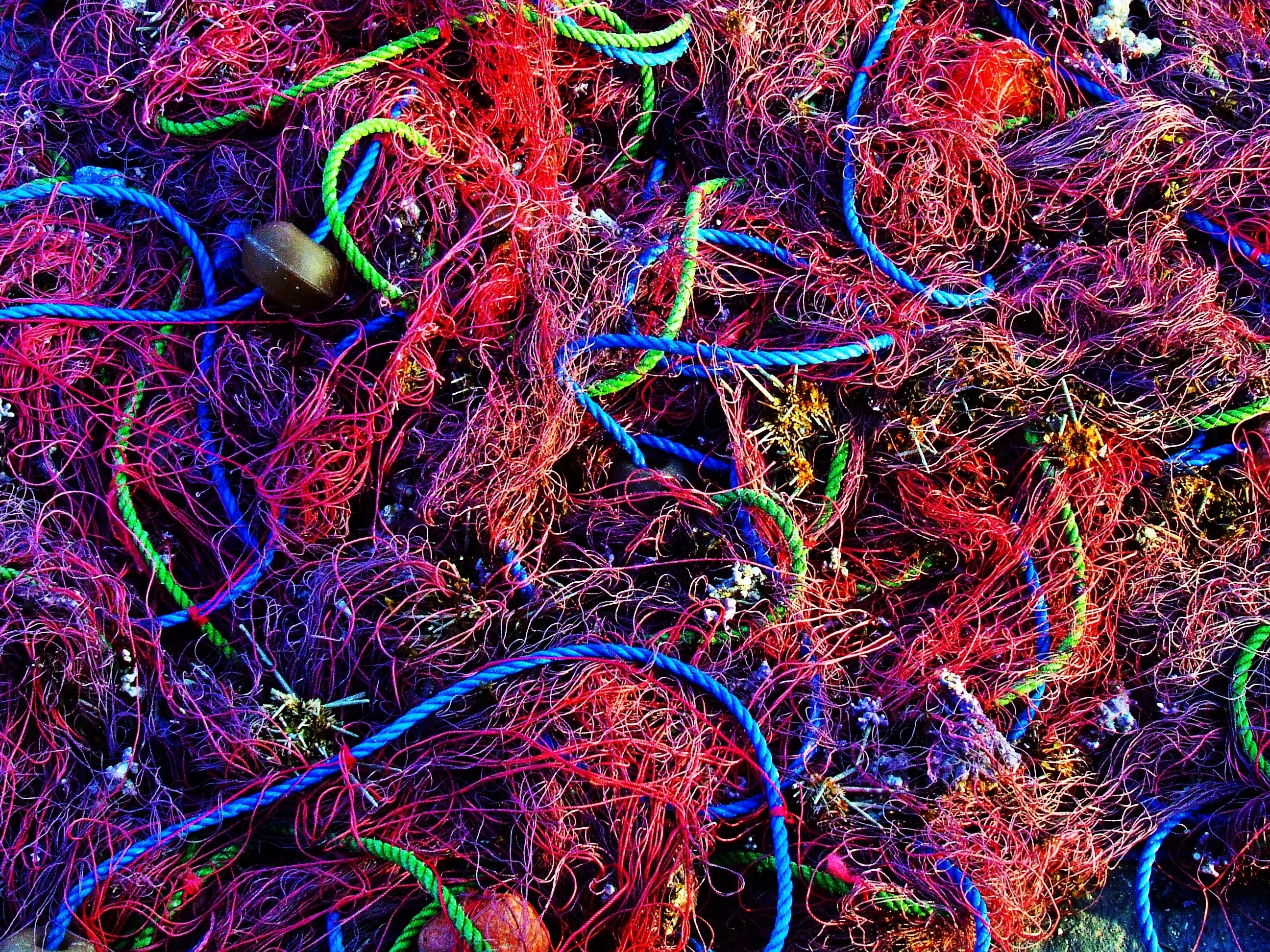By Matthew Ryan, The University of Adelaide
What do you picture when you think of a knot? For the average person, when you hear the words knot you instantly think of how you tie your shoelace. For the not so average person, maybe someone who did scouts or is just particularly interested in the area, they might think of something a little more complicated, say the Alpine Butterfly Loop of the Barrel Hitch knot. For a mathematician, a knot is something quite different. In Mathematics, a knot is a three dimensional object that forms one continuous loop as you travel along it, but does not pass through itself. Basically, if you were a person standing on the knot, you would be able to walk the entire length of the knot and end up where you started, and you could continue this process forever. The idea of a stick knot is once again something a tad more obscure being that it is a mathematical knot made up of completely straight edges, but we will get into that a bit later.
Questions that I have been asked quite a lot over my summer research have been things like “Why knots?” or “How is this useful?” or “That’s stupid”, and although I admit that the last isn’t per say a question, I can understand where they are coming from. When spoken about in raw terms, knot theory sounds utterly useless and boring. It’s the study of mathematical knots, big whoop. How could it possibly be useful? In truth however, knot theory has become very applicable in areas of synthetic chemistry and higher level physics, not to mention in areas of mathematics. So the further I got into my research, the better arguments I came across for the constant questioning of my topic choice, so at the very least I gained piece of mind that my research wasn’t simply a dead end and useless.
The idea of a stick knot is a bit of a peculiar one. As said before, it is a mathematical knot made up of straight edges, but this confuses many people as to how this is possible. The answer is simple; it’s maths. Basically we have the idea that a knot is a continuous closed loop, but if we take enough straight edges certainly we can construct a continuous closed loop. Take any shape with straight edges for example. As long as it doesn’t pass through itself we have a perfectly acceptable knot. You may ask yourself, why is it called a stick knot? Once again, the answer is simple. Generally when the idea of a stick knot is introduced it is introduced as the idea of constructing a knot out of real life physical sticks, so the name kind of follows. What is a little more interesting than a stick knot however is a minimal stick knot, which is a stick knot made up with the minimal amount of stick required as the name suggest. These knots are of particular interest in synthetic chemistry as it has been found that molecules are generally knotted and made up of rigidly straight edges, so minimal stick knots are useful in creating different molecules as easily as possible.
There is still so much to explore in the area of knot theory and with stick knots as well that the possibilities seem nearly endless. With a lot of open question readily available and not a huge mathematical background needed to understand the workings of knots, this area of maths is open to anyone desires to look into it, and to anyone in that category I would suggest starting with The Knot Book by Colin Adams to grasp a better idea of what knots are all about.
Matthew Ryan was one of the recipients of a 2015/16 AMSI Vacation Research Scholarship.

